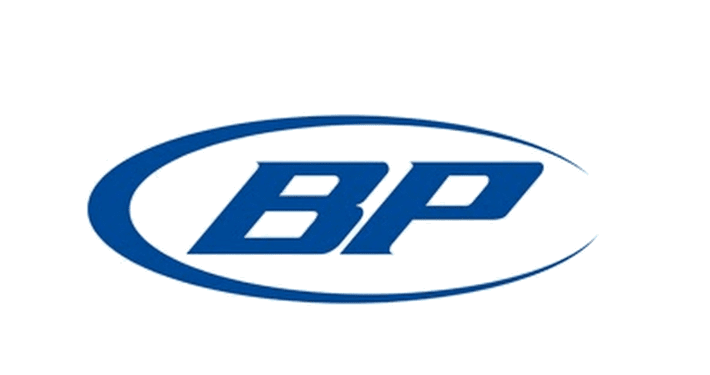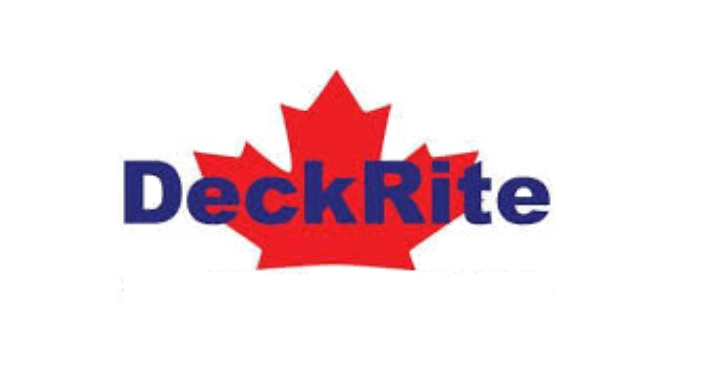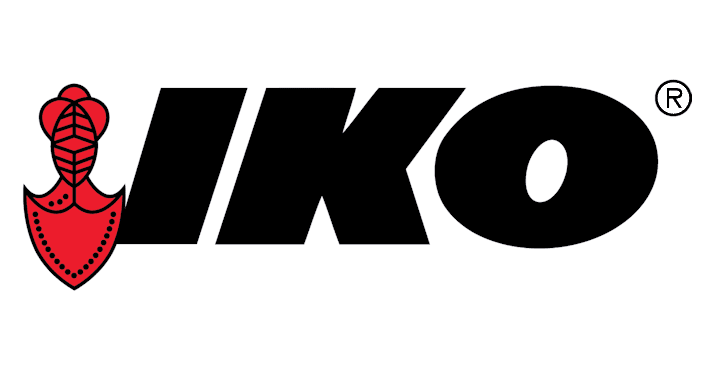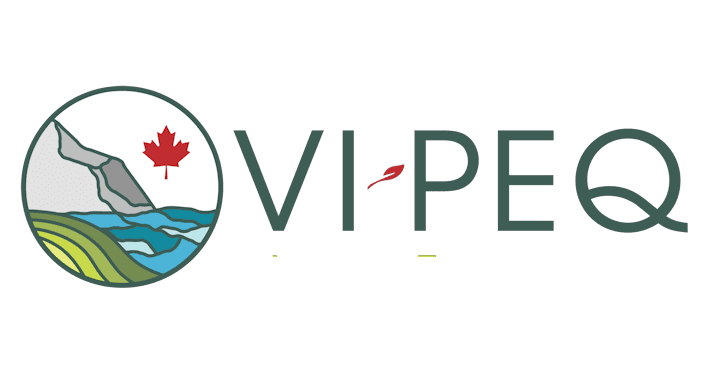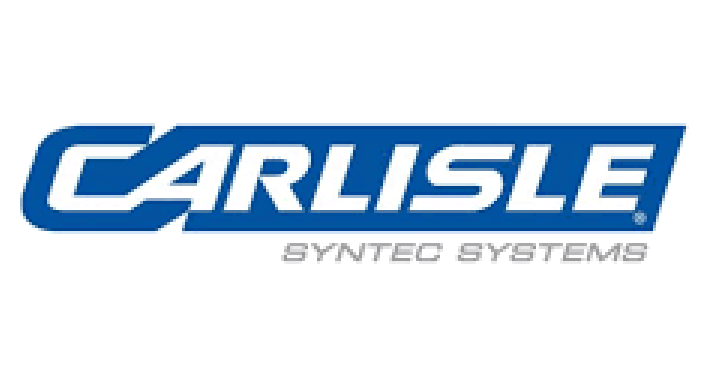Flat Roof Inspections: How to Prevent Damage and Save Your Building from Freeze-Thaw Cycles
Is your flat roof at risk of damage from freeze-thaw cycles? Regular flat roof inspections are crucial to identifying and addressing potential issues before they become major problems. In this article, we’ll explore the dangers of freeze-thaw cycles on flat roof installation and provide tips on how to prevent damage and save your building. From selecting a roof with high elongation to regular bi-annual inspections and maintenance, we’ll cover it all. Learn how to take control of your flat roof’s fate and keep your building safe and secure with our expert advice on flat roof inspections.
Flat Roof Inspections: How to Identify and Prevent Damage Caused by Freeze-Thaw Cycles on Roof Installation
As a building owner or manager, it’s essential to be aware of the potential threats to your roof’s integrity. One of the most significant concerns is the freeze-thaw cycle, which can cause water to seep into the membrane, expanding and creating cracks. This can lead to roof leaks and damage, and if left unchecked, can result in costly repairs and even structural damage to your building.
The Consequences of Freeze-Thaw Cycles on Roof Installation
The freeze-thaw cycle is a natural phenomenon that occurs when water in the roof membrane freezes and then thaws. This repeated expansion and contraction can cause the membrane to crack and weaken, allowing water to seep in and cause damage. But it’s not just the initial damage that’s a concern – the freeze-thaw cycle can also cause existing penetrations to grow larger, allowing even more water to enter and exacerbate the problem. This can lead to a vicious cycle of damage and repair, ultimately costing you thousands of dollars and causing unnecessary stress.
The Importance of High Elongation in Roof Installation
So, what can you do to prevent this damage? One of the most effective ways is to look for a roof membrane with high elongation. This means that the membrane is designed to stretch and contract with the freeze-thaw cycle, reducing the risk of cracking and damage. When selecting a new roof system or restoring an existing one, make sure to prioritize a roof with high elongation. This will ensure your roof is better equipped to handle the stresses of freeze-thaw cycles, and will help keep your building safe and secure.
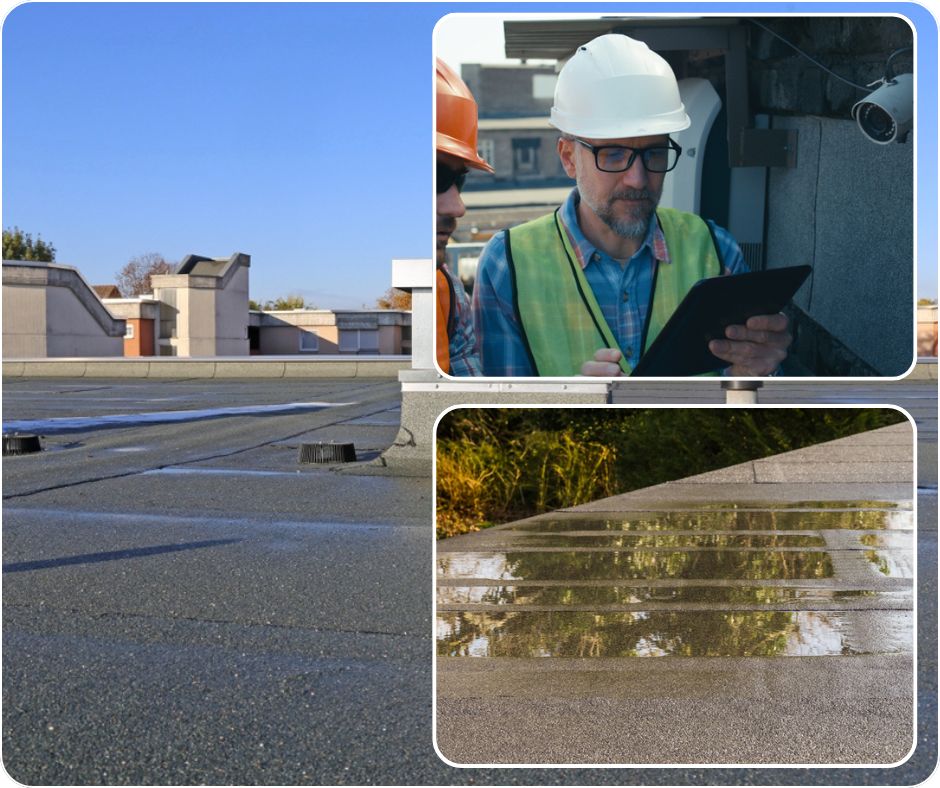
Regular Roof Maintenance and Inspections: The Key to Preventing Damage
Regular bi-annual inspections and maintenance can also help identify and fix existing issues before they become major problems. By catching and addressing small issues early on, you can prevent more extensive damage and save yourself from costly repairs down the line. This includes checking for signs of wear and tear, such as cracks and splits, and addressing any issues promptly. It’s also essential to ensure that your roof is properly drained and that any debris is cleared regularly.
Regular roof inspections are a crucial aspect of maintaining a safe and secure building. It’s recommended to inspect your roof bi-annually, or at least once a year, to catch any potential issues before they become major problems. This proactive approach can help prevent costly repairs and even structural damage to your building. During these inspections, it’s essential to check for signs of wear and tear, such as cracks and splits, and address any issues promptly. This includes inspecting the roof’s membrane, flashing, and seams for any signs of damage or deterioration.
By conducting regular roof inspections, you can identify and address potential issues early on, preventing them from becoming major problems. This can include repairing small cracks and splits before they spread, replacing damaged or worn-out roofing materials, and ensuring that all flashing and seams are secure and watertight. Additionally, regular inspections can help you stay ahead of potential issues caused by freeze-thaw cycles, which can be particularly damaging to flat roofs. By staying on top of your roof’s condition, you can ensure that your building remains safe, secure, and protected from the elements.
Some common signs of roof damage caused by freeze-thaw cycles include cracks and splits in the membrane, water stains on the ceiling, and signs of wear and tear around penetrations such as vents and skylights. These signs can be subtle, but they can also be indicative of a larger issue that needs to be addressed. For example, if you notice a small crack in the membrane, it may seem like a minor issue, but if left unchecked, it can spread and cause significant damage to the roof. Similarly, water stains on the ceiling can be a sign of a leaky roof, which can lead to further damage and costly repairs.
If you notice any of these signs, it’s essential to address the issue promptly to prevent further damage and costly repairs. Ignoring the problem can lead to more extensive damage, including structural issues and even collapse. By addressing the issue early on, you can prevent these more severe consequences and ensure that your building remains safe and secure. Additionally, addressing the issue promptly can also help to prevent the growth of mold and mildew, which can be a health hazard for building occupants. By staying on top of roof damage caused by freeze-thaw cycles, you can ensure that your building remains in good condition and that you avoid costly repairs down the line.
While it’s possible to fix some roof damage caused by freeze-thaw cycles yourself, it’s often recommended to hire a professional roofer to ensure the job is done correctly and safely. A professional roofer will have the necessary expertise and equipment to identify and fix the issue, and will be able to recommend the best course of action to prevent future damage. They will also have the necessary training and experience to handle the unique challenges of fixing roof damage caused by freeze-thaw cycles.
Attempting to fix roof damage yourself can lead to further damage and even safety risks. Without the proper training and equipment, you may not be able to properly diagnose the issue or fix it effectively. Additionally, you may not have the necessary insurance coverage to protect yourself in case something goes wrong. By hiring a professional roofer, you can ensure that the job is done correctly and safely, and that you’re protected in case something goes wrong.
To prevent roof damage caused by freeze-thaw cycles in the future, it’s essential to prioritize a roof with high elongation. This means that the roof membrane should be able to stretch and contract with the freeze-thaw cycle without cracking or breaking. Additionally, regular bi-annual inspections and maintenance are crucial to identifying and addressing any potential issues before they become major problems. This includes checking for signs of wear and tear, such as cracks and splits, and addressing any issues promptly.
Regular inspections and maintenance can also help ensure that your roof is properly drained and that any debris is cleared regularly. This is especially important in areas with heavy snowfall or high winds, as these conditions can cause debris to accumulate on the roof and create an ideal environment for freeze-thaw cycles to occur. Additionally, consider installing a roof coating or sealant to help protect your roof from the elements and prevent damage caused by freeze-thaw cycles. By taking these steps, you can help prevent costly repairs and ensure your building remains safe and secure.
One common myth about freeze-thaw cycles and roof installation is that they only affect certain types of roofs, such as flat roofs. However, this is not entirely accurate. While it’s true that flat roofs may be more prone to damage from freeze-thaw cycles due to their design, all roofs are susceptible to damage caused by these cycles, regardless of the type of roof or material used. This includes pitched roofs, metal roofs, and even roofs with specialized coatings or membranes.
Another common myth is that freeze-thaw cycles only occur in areas with extreme weather conditions, such as extremely cold temperatures or heavy snowfall. However, this is not the case. Freeze-thaw cycles can occur in any area where the temperature drops below freezing and then rises above freezing, which can happen even in areas with relatively mild winters. This means that all roofs, regardless of location, are at risk of damage from freeze-thaw cycles. By understanding these myths and taking steps to prevent damage, building owners and managers can help ensure the longevity and integrity of their roofs.
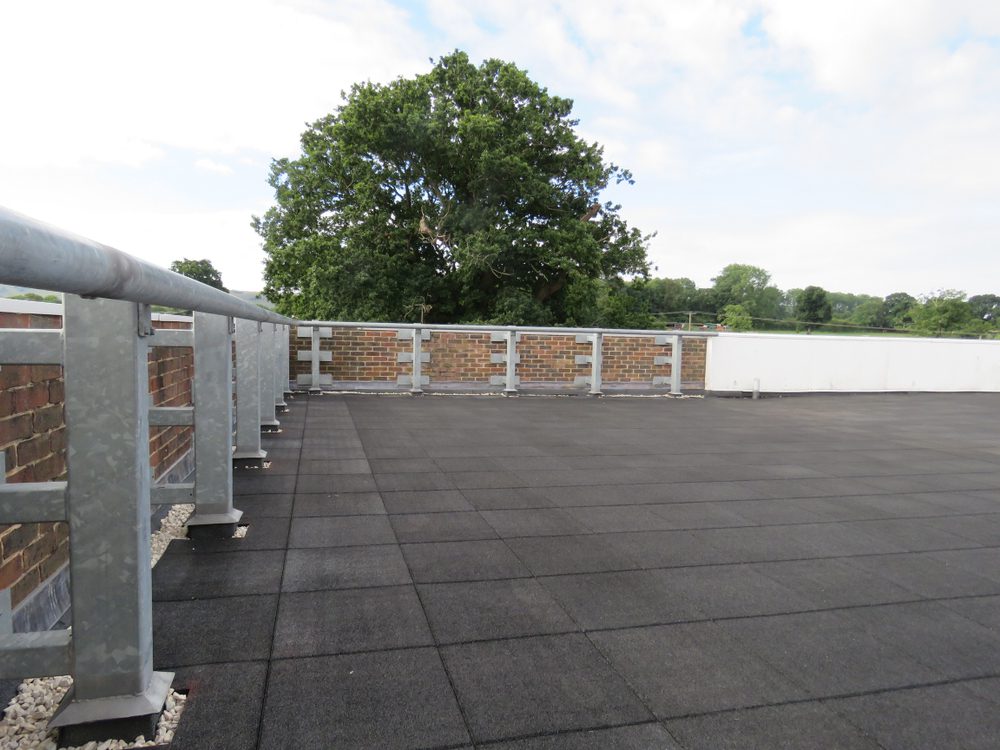
Considering Replacing or Needing to Install a New Flat Roof?
If you’re considering BUR or SBS Torch-On Roofing for your building, contact a qualified roofing contractor today to learn more about the benefits and installation process. With their durability, resistance to weathering, and cost-effectiveness, BUR and SBS Torch-On Roofing are popular choices for building owners and contractors.
Additional Tips:
- Always hire a qualified roofing contractor to install your BUR or SBS Torch-On Roofing system.
- Make sure to follow the manufacturer’s instructions for the installation process.
- Regularly inspect your BUR or SBS Torch-On Roofing system to ensure it remains in good condition.
- Consider using a BUR or SBS Torch-On Roofing system with a warranty to protect your investment.
Take Control of Your Roof’s Fate
By prioritizing regular maintenance and inspections, and selecting a roof with high elongation, you can take control of your roof’s fate and prevent damage caused by freeze-thaw cycles. Don’t wait until it’s too late – take action today and ensure your building is safe and secure.
Visit our website at www.nowaterroofing.ca or give us a call at (587) 990 ROOF (7663) to discuss your concerns and get your flat roof spring inspection scheduled. Your building (and your wallet) will thank you!
The freeze-thaw cycle is a natural phenomenon that can cause significant damage to your roof, leading to costly repairs and even structural damage to your building. By prioritizing regular maintenance and inspections, and selecting a roof with high elongation, you can prevent damage caused by freeze-thaw cycles and ensure your building is safe and secure. Don’t wait until it’s too late – take action today and protect your roof from the dangers of freeze-thaw cycles.
At No Water Roofing, we’re committed to staying at the forefront of innovation in the roofing industry. To achieve this, we’ve established partnerships with some of the world’s leading material suppliers and technology providers. Our network of trusted vendors includes industry giants like Soprema, Carlisle SynTec Systems, BP, DeckRite, Vipeq, and IKO, among others. These partnerships enable us to bring the latest and greatest products and technologies to our clients, ensuring that our work is always of the highest quality and meets the most stringent standards.
From cutting-edge waterproofing solutions to advanced roofing materials and innovative installation techniques, we’re constantly seeking out the best in the industry to incorporate into our work. By working closely with our suppliers and staying up-to-date on the latest developments, we’re able to offer our clients unparalleled expertise and a wide range of options to suit their unique needs and goals.
Whether you’re looking to upgrade your existing roofing system, address water damage, or simply want to ensure your building is protected from the elements, we’re here to help. With our access to the best products and technologies on the market, we’re confident that we can deliver exceptional results that meet your needs and exceed your expectations.


